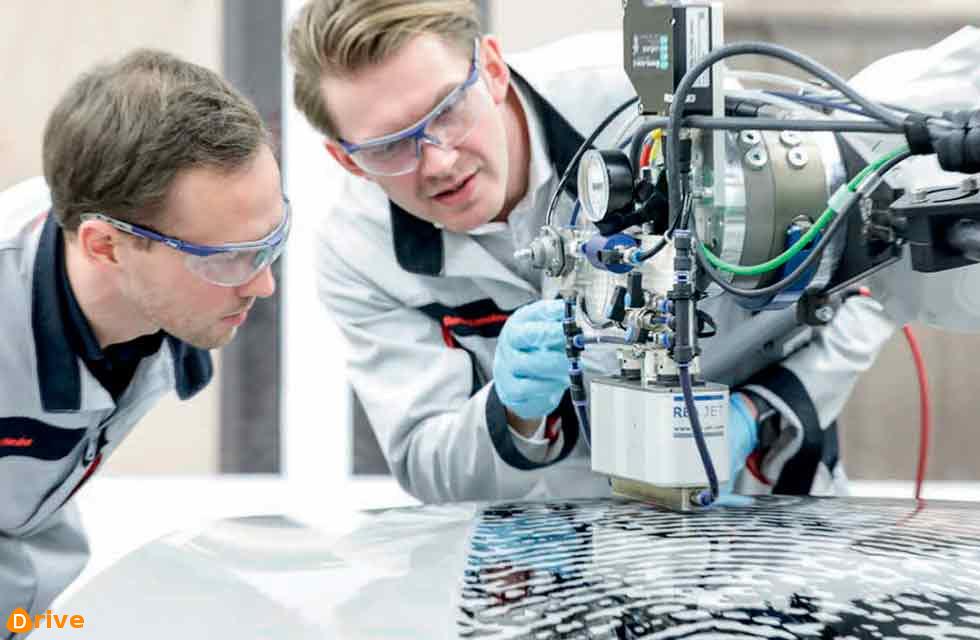New printing technology enables unusual finish for the bonnet of your new 911
It’s already the case that hardly any Porsche is the same as another, but from now on, the 911 can even be as unique as the papillary lines on a human fingertip. Yes, you read that correctly. Using an innovative direct printing method developed by Porsche, graphic elements of the highest visual quality can now be printed onto the painted body parts of a vehicle. Initially, customers who purchase a new 911 992 can have their new car’s bonnet personalised with a design based on their own fingerprint. In the medium term, other customer-specific designs will become available as the technology is refined and Porsche’s creative team think of new and innovative ways to deploy it.

“Individuality is very important for Porsche customers, and no design can be more personal than your own fingerprint,” says Alexander Fabig, Vice President Individualization and Classic. “Porsche is a pioneer in personalisation and has developed the direct printing method together with its commercial partners. We’re especially proud of having developed a completely new product offering based on brand new technology.”
For the project, a so-called “technology cell” was set up in the paint shop of the Zuffenhausen training centre. It was here the new software and hardware, as well as the associated painting and manufacturing process, were developed and tested.
Direct printing makes it possible to produce designs not possible with conventional painting methods. The operating principle is similar to that of an inkjet printer: using a print head, paint is applied to three-dimensional components (a 911 body panel, for instance) automatically and without the risk of overspray. “The ability to control the nozzles individually permits targeted application of every paint droplet,” explains Christian Will, Vice President Production Development. “The complexity is due to the necessity of harmonising robot technology (control, sensors, programming), application technology (print head, graphic handling) and paint technology (application process, paint),” he added.





